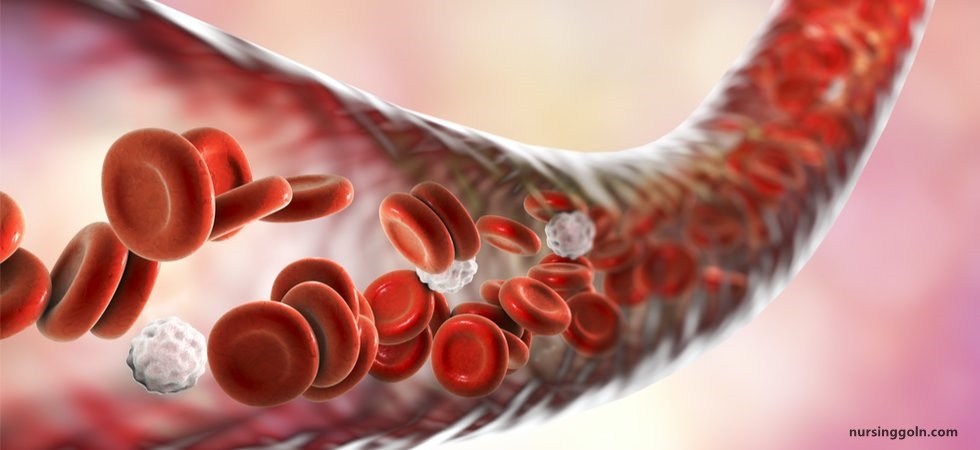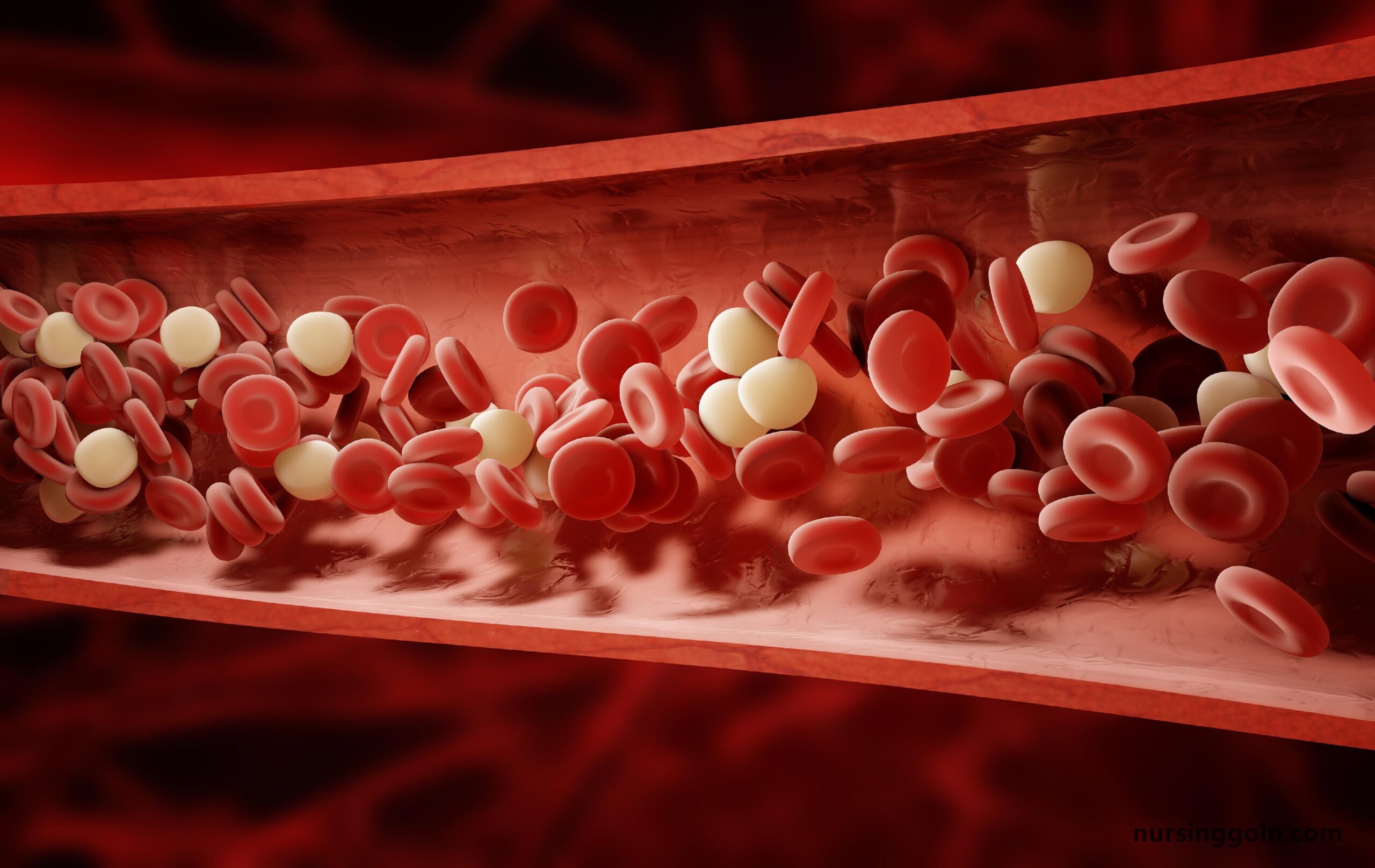Today our topic of discussion is ” Capillary Exchange “. Within the vast network of the cardiovascular system, capillaries stand out as the unsung heroes. These tiny blood vessels play a pivotal role in maintaining the health of our tissues by facilitating the exchange of nutrients, gases, and wastes. Understanding the mechanisms and importance of capillary exchange provides insights into the microscopic processes that sustain life on a macroscopic scale.

Capillary Exchange: The Cardiovascular System: Blood Vessels and Circulation
1. Introduction to Capillaries
Capillaries are the thinnest and most numerous of the blood vessels, forming a bridge between the smallest arteries (arterioles) and the smallest veins (venules). Their walls are just one cell thick, which makes them ideal for the exchange of substances.
2. Structure of Capillaries
The walls of capillaries consist of a single layer of endothelial cells surrounded by a basal lamina. There are three main types:
- Continuous Capillaries: The most common type, found in muscles, skin, and the central nervous system. The endothelial cells form a continuous tube with tight junctions.
- Fenestrated Capillaries: These have pores or ‘fenestrations’ in the endothelial cells and are found in areas of active absorption or filtration, like the kidneys or the small intestine.
- Sinusoidal (Discontinuous) Capillaries: These have large gaps between cells and are found in the liver, spleen, and bone marrow.

3. Mechanisms of Capillary Exchange
Three principal mechanisms drive the exchange of substances across the capillary walls:
- Diffusion: This is the primary method. Solutes move from an area of higher concentration to an area of lower concentration. Oxygen and nutrients in the blood diffuse out of the capillaries into the surrounding tissues, while carbon dioxide and waste products move into the capillaries from the tissues.
- Transcytosis: Larger molecules, like proteins, are transported in pinocytic vesicles. The endothelial cells engulf these molecules on one side of the capillary wall and release them on the other.
- Bulk Flow: This refers to the movement of large volumes of water and solutes due to pressure differences. It’s essential for the regulation of the relative volumes of blood and interstitial fluid.
4. Forces Driving Capillary Exchange
Capillary exchange is governed by two opposing forces:
- Hydrostatic Pressure: This is the force exerted by the blood against the capillary walls. It drives fluid out of the capillaries at the arterial end.
- Osmotic Pressure: This is due to the presence of plasma proteins (mainly albumin) that are too large to pass through the capillary walls. It tends to draw water back into the capillaries at the venous end.
The balance between these forces, known as Starling’s forces, determines the net direction and amount of fluid movement across the capillary walls.

5. Significance of Capillary Exchange
The exchange that occurs in capillaries is vital for:
- Delivering Oxygen and Nutrients: As blood flows through capillaries, oxygen and essential nutrients diffuse from the blood to surrounding cells, fueling cellular processes.
- Removing Waste: Metabolic waste products like carbon dioxide and urea move from the tissues into the blood, facilitating their eventual elimination.
- Immune Surveillance: Immune cells patrol the bloodstream, but they can exit through capillaries to reach sites of infection or injury.
- Hormonal Delivery: Hormones released from glands reach their target cells by traveling through the blood and exiting through capillaries.

6. Pathological Conditions Affecting Capillary Exchange
Several conditions can impair capillary exchange:
- Inflammation: This can increase the permeability of capillaries, leading to excess fluid leakage and swelling.
- Diabetes Mellitus: High blood sugar levels can damage capillaries, particularly in the retina, kidneys, and extremities.
- Hypertension (High Blood Pressure): Chronic elevated blood pressure can strain capillaries, making them less efficient in substance exchange.
- Malnutrition: Lack of protein in the diet can decrease plasma protein levels, disrupting the balance of hydrostatic and osmotic pressures and leading to edema.
7. Conclusion
Capillaries may be minuscule in size, but their role in maintaining homeostasis is colossal. They ensure that every cell in our body gets the nutrients it needs and is relieved of waste. Capillary exchange, driven by pressure gradients and concentration differences, showcases the body’s meticulous design and the harmonious coordination of its systems. Recognizing the significance of these delicate vessels can inspire awe for the intricacies of our biology and underscore the importance of maintaining cardiovascular health.
Read more:
